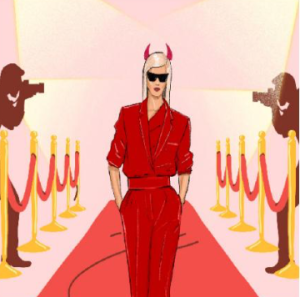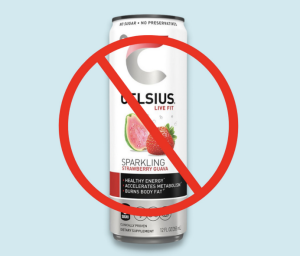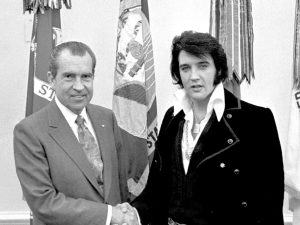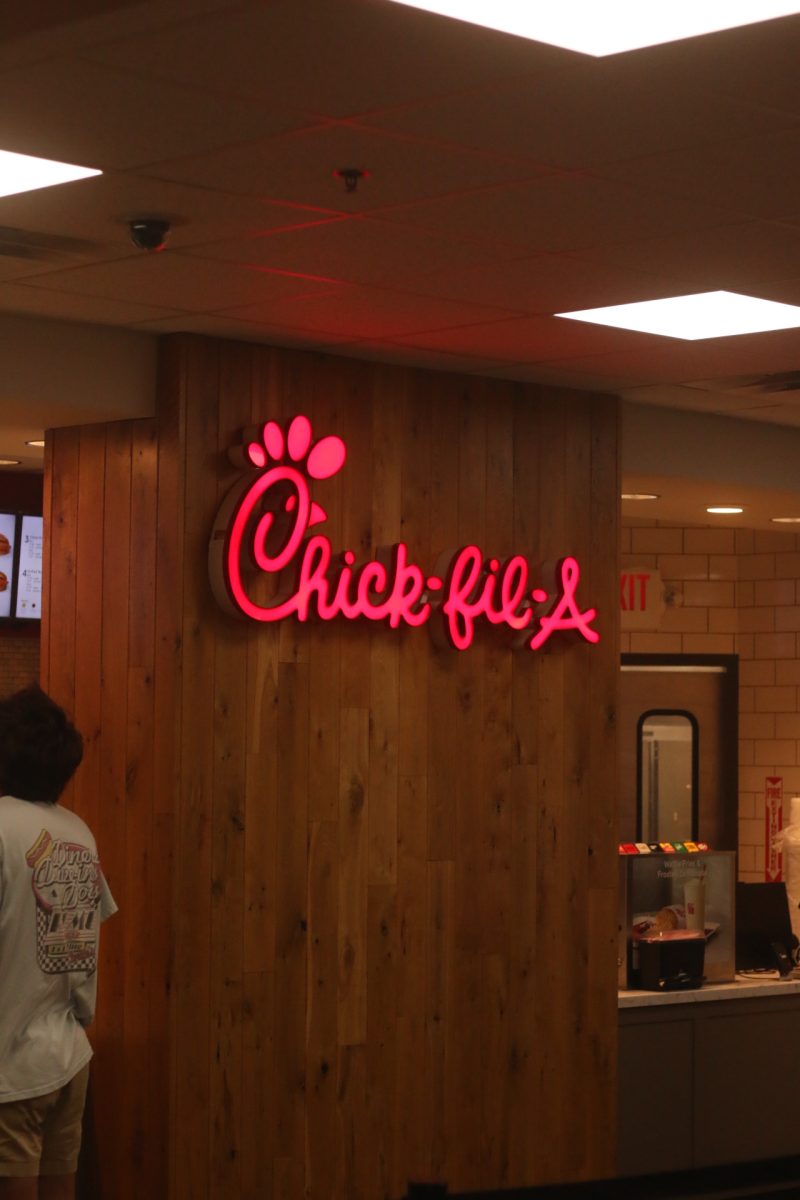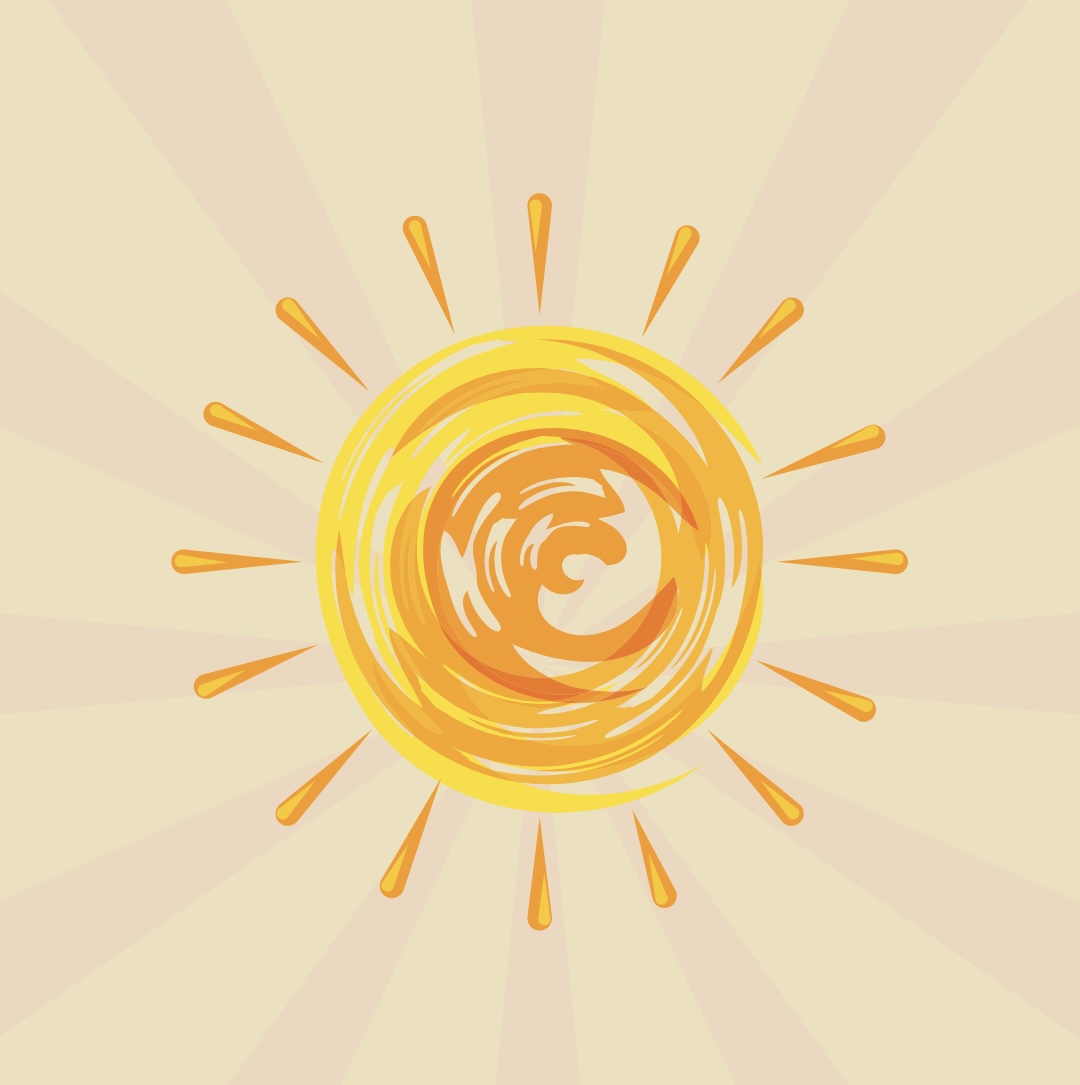Halloween is a favorite holiday among people of all ages, all around the world, with unique names and traditions, but the history of it started with a Celtic tradition.
Samhain is one of the most powerful Celtic pagan holidays, held from Oct. 31 to Nov. 1. It was believed that the wall separating the living from the dead dissipated just long enough for one to converse with those who have passed on.
Sometimes, these celebrations could last up to three days, where tales of monsters and long-passed ancestors were swapped over feasts and mead. One of the most recounted stories of monsters was that of the Hero Nera, who encountered fairies and a corpse and was then lured into the Otherworld.
The ghouls and monsters were exchanged for trick-or-treating and costumes during the Middle Ages. In Ireland and England, poor families went from house to house of richer families asking for food, money or ale, usually taking place on All Saints’ Day. This tradition morphed into children going from house to house asking for sweet treats from their neighbors.
The joy of carving jack-o’-lanterns did not have a fun, lighthearted start. In 1800s Scotland, there was a myth that began about “Stingy Jack,” who had tricked the devil and, as punishment, was forced to roam the earth with only a piece of coal in a turnip to light his way. People began carving their own versions of the turnip in various vegetables to ward off “Stingy Jack,” the devil and other evil spirits from visiting their homes.
Día de los Muertos, or “Day of the Dead,” is the holiday that most Spanish-speaking countries celebrate in place of Halloween. The day acknowledges and pays respect to one’s ancestors and is a celebration of life and death. The sugar skull has become a popular symbol of this holiday.
“It’s the act of creating something dedicated to the memory of a person or even a pet, someone or something that you love and miss, that helps you revive their spirit,” said Michele Delgado, a sugar skull maker based out of Arizona.
Today, Halloween has evolved into a day where everyone of any age can be whoever they want, although nowadays, there are a lot more Barbies and Batmans going from house to house than in the Middle Ages. Instead of warding off evil spirits, most people take it as an opportunity to spend the night with friends and family.
Most college students in America celebrate Halloween as if they were celebrating Samhain without even knowing it. The celebration usually lasts across the whole of Halloween weekend. Dubbed “Halloweekend,” it is a three-day party with friends, sharing good food and even better stories.
“On Friday, WGUR is having a Halloween concert with a band called Chief,” said Ethan Mollenauer, a junior mass communication student. “They are pleaying Beatles covers and dressing up like them. I’m really looking forward to it. It’s just a good time to get out and show off your costumes and enjoy some music.”
For GC students, Halloweekend is an excuse to dress up however they want and have a party with their friends. One friend group on campus is planning on going as Statues of Liberty, while another is planning on going as different characters from the show “Breaking Bad.”
“
Halloween has evolved from a day of spirits, ghouls and monsters to a night of fun and fear. With great anticipation for the holiday, from young children to their grandparents, everyone can find something they love about the holiday.



